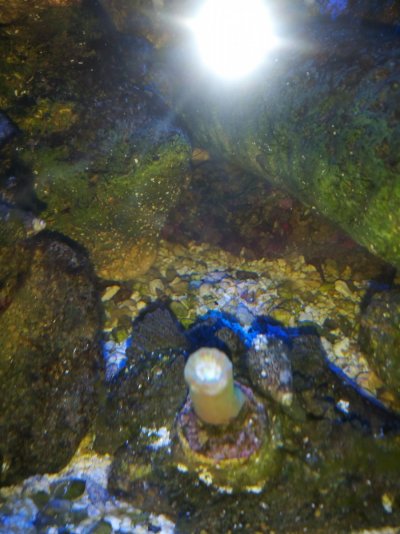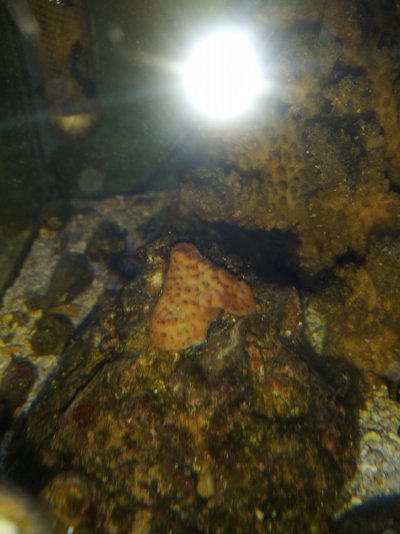Hmm, yeah just make sure you properly calibrate your refractometer when you get it, either with water from your lfs or make your own standard, http://reefkeeping.com/issues/2004-06/rhf/index.php.
Also it seems that you have some minor algae issues and that is probably why you read 0,0 for nitrates and phosphates although you were using API. And your corals may be starving bc any available nutrients are going towards growing your algae. I would recommend that once you get refractometer, start doing water changes and manually removing the algae.
Also I don’t think you need to dose iron, as you don’t have that much macro algae from what I can see and I’m fairly certain that water changes can sustain it until it grows way more. Like others have said iron dosing can cause negative effects if not done properly and I don’t see why you need to dose iron since you don’t have too much macro. It may also be feeding the other types of algae in your system.
Have you ever measure the TDS of the distilled water you are using, this may also be important as old distillation systems might use copper plumbing from what I’ve read.
And once you get your test kits let us know the parameters you are reading and we’ll see if we can move on from there if you are still having issues.
Also it seems that you have some minor algae issues and that is probably why you read 0,0 for nitrates and phosphates although you were using API. And your corals may be starving bc any available nutrients are going towards growing your algae. I would recommend that once you get refractometer, start doing water changes and manually removing the algae.
Also I don’t think you need to dose iron, as you don’t have that much macro algae from what I can see and I’m fairly certain that water changes can sustain it until it grows way more. Like others have said iron dosing can cause negative effects if not done properly and I don’t see why you need to dose iron since you don’t have too much macro. It may also be feeding the other types of algae in your system.
Have you ever measure the TDS of the distilled water you are using, this may also be important as old distillation systems might use copper plumbing from what I’ve read.
And once you get your test kits let us know the parameters you are reading and we’ll see if we can move on from there if you are still having issues.



















